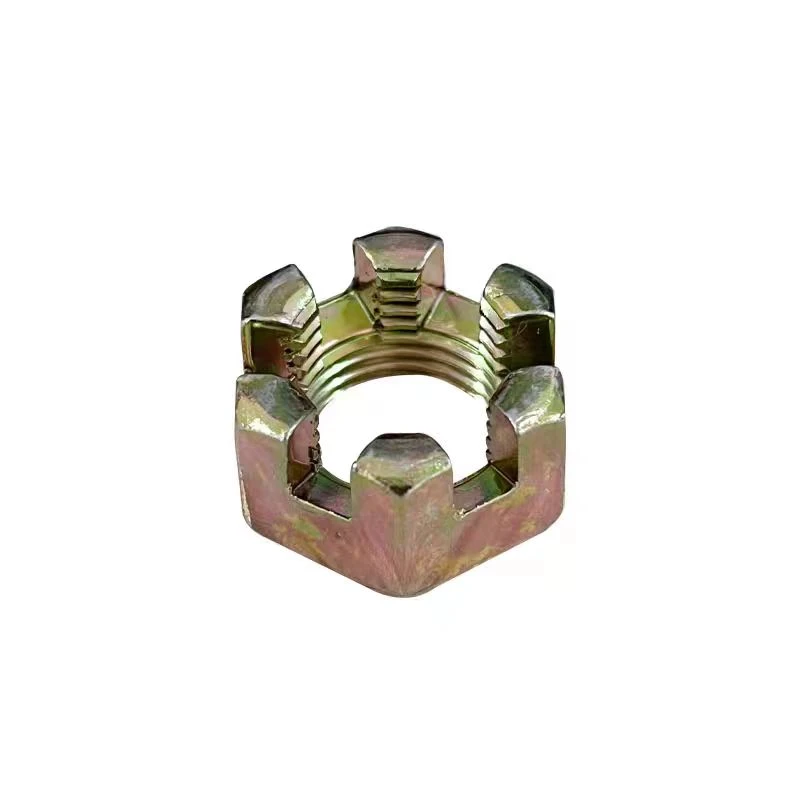

chemical fastener
नवम्बर . 15, 2024 08:53 Back to list
chemical fastener
The Evolution and Importance of Chemical Fasteners in Modern Industry
In the ever-evolving world of manufacturing and construction, fasteners play a critical role in ensuring the integrity and longevity of structures and products. Among the various types of fasteners, chemical fasteners—often referred to as adhesive fasteners—have gained substantial popularity due to their unique properties and benefits. These fasteners utilize chemical bonding agents to securely join materials, offering distinct advantages over traditional mechanical fasteners. This article delves into the evolution, types, applications, and benefits of chemical fasteners in modern industry.
The Evolution of Chemical Fasteners
The concept of using adhesives to bond materials dates back thousands of years. However, significant advancements in chemical fasteners have occurred over the last century. The introduction of synthetic adhesives in the mid-20th century revolutionized how materials could be joined, paving the way for high-performance applications in various industries. Today, chemical fasteners encompass a wide range of adhesive systems, including epoxies, cyanoacrylates, polyurethanes, and specialty adhesives designed for specific materials.
Types of Chemical Fasteners
1. Epoxy Adhesives Known for their exceptional strength and durability, epoxy adhesives are suitable for bonding metals, plastics, and composites. They offer excellent resistance to environmental factors, making them ideal for demanding applications in automotive and aerospace industries.
2. Cyanoacrylate Adhesives Commonly known as super glue, cyanoacrylates cure rapidly upon exposure to moisture. They provide a strong bond with minimal surface preparation, making them popular for quick repairs and consumer products.
3. Polyurethane Adhesives These adhesives are versatile and offer flexibility, making them ideal for applications that experience movement or stress. Polyurethane adhesives are widely used in construction, woodworking, and automotive industries.
4. Anaerobic Adhesives Primarily used for locking and sealing threaded fasteners, anaerobic adhesives cure in the absence of air. They are commonly used in machinery and automotive applications to prevent loosening due to vibration.
Applications of Chemical Fasteners
Chemical fasteners are utilized across a myriad of industries, demonstrating their versatility and reliability. In the automotive sector, manufacturers use adhesive systems to bond composite materials, lightweight metals, and glass. This not only reduces the overall weight of vehicles but also enhances fuel efficiency and safety.
chemical fastener

In the aerospace industry, the need for lightweight and strong materials is critical. Chemical fasteners are used to assemble aircraft components, ensuring that they withstand extreme stress and environmental conditions while keeping the overall weight down.
In construction, chemical fasteners have transformed how buildings are erected. They allow for bonding of materials that are difficult to join using traditional mechanical fasteners, such as glass, aluminum, and various plastics. This leads to cleaner aesthetics, reduced labor costs, and faster construction times.
Benefits of Chemical Fasteners
1. Reduced Weight One of the most significant advantages of using chemical fasteners is their ability to create strong bonds without the added weight of conventional fasteners like bolts and screws. This characteristic is particularly beneficial in industries where weight reduction is paramount, such as aerospace and automotive.
2. Improved Aesthetics Chemical fasteners can eliminate the need for visible fasteners, providing a cleaner and more streamlined appearance. This is particularly important in consumer products and high-end applications where aesthetics matter.
3. Enhanced Durability Many chemical fasteners are resistant to moisture, heat, and chemicals, providing superior durability compared to traditional fasteners. This resistance helps ensure long-lasting bonds in challenging environments.
4. Design Flexibility Chemical fasteners offer greater design freedom, allowing engineers and designers to explore innovative solutions without being constrained by the limitations of mechanical fasteners.
5. Noise and Vibration Dampening Adhesive bonds can help absorb vibrations and reduce noise, which can be crucial in applications where sound attenuation is important.
Conclusion
As industries continue to evolve and embrace new technologies, chemical fasteners have emerged as an essential component in the toolbox of engineers and manufacturers. Their ability to bond dissimilar materials, provide aesthetic solutions, and deliver superior performance under stress make them invaluable in modern applications. As research and development in adhesive technology advance, the future of chemical fasteners looks promising, offering new possibilities for innovation and efficiency across various sectors.
Latest news
-
Premium Self Tapping Metal Screws: Strong & Easy Install
NewsAug.02,2025
-
Premium Fasteners Manufacturer | AI-Driven Solutions
NewsAug.01,2025
-
Hot Dip Galvanized Bolts - Hebei Longze | High Strength, Corrosion Resistance
NewsAug.01,2025
-
High-Strength Hot Dip Galvanized Bolts - LongZe | Corrosion Resistance, Custom Sizes
NewsAug.01,2025
-
Best Self Tapping Screws for Drywall - Fast & Secure Installation
NewsJul.31,2025
-
High-Strength Hot Dip Galvanized Bolts-Hebei Longze|Corrosion Resistance&Customization
NewsJul.31,2025

